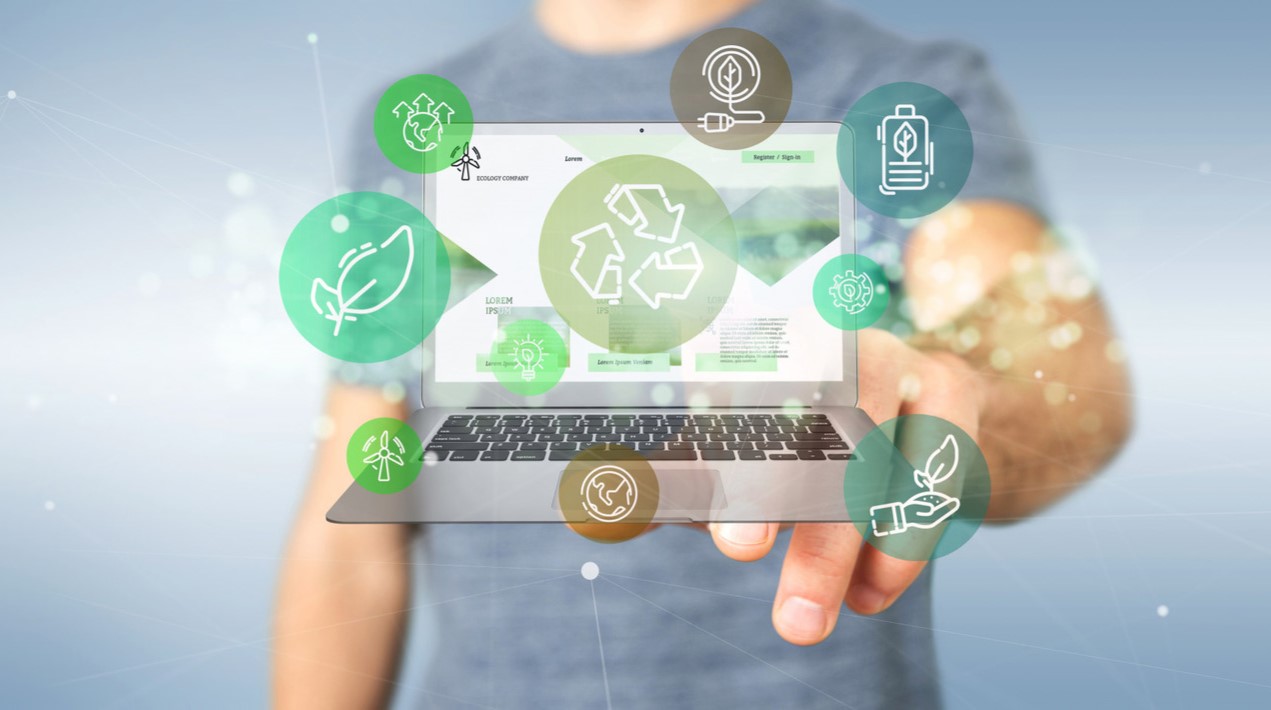
[vc_row][vc_column][vc_column_text]
The National Research Foundation Singapore (NRF) announced recently that it will set up a national consortium on membrane science and technology to promote research, collaboration, and commercialisation in innovative membrane products and technologies.
The Singapore National Membrane Consortium (SG-MEM) aims to bring together the membrane Research & Development (R&D) capabilities of Singapore’s public-sector universities and innovation centres under one umbrella to accelerate the translation of research in membrane technologies into products and technologies that meet industry needs.
The centres involved include the Separation Technologies Applied Research and Translation (START) Centre, under Nanyang Technological University, Singapore’s (NTU) innovation and enterprise arm NTUitive; the National University of Singapore’s Membrane Science and Technology Consortium (MSTC); NTU’s Singapore Membrane Technology Centre (SMTC), which is part of the Nanyang Environment and Water Research Institute (NEWRI); and Ngee Ann Polytechnic’s Environmental and Water Technology Centre of Innovation (EWTCOI).
MSTC and SMTC will focus on basic and applied research, while START and EWTCOI will support translational research.
SG-MEM will also work closely with Singapore-based industries across the entire value chain, including start-ups, small and medium-sized enterprises (SMEs), large local enterprises (LLEs), multi-national companies (MNCs), as well as key Singapore government agencies, including SPRING Singapore, the Economic Development Board (EDB), the Energy Market Authority (EMA), Singapore’s national water agency PUB, and the National Environment Agency (NEA).
To date, a total of 15 SMEs, LLEs and MNCs have joined the consortium as founding members: Shell, Sembcorp, Grundfos, Kurita-Singapore, Aquaporin-Asia, Ceraflo, De.mem, Blue Ocean Memtech, Marmon Product Development Center, Evoqua Water Technologies, SUEZ, Regentech, ECOSOFTT, UES Holdings, and Tritech Group Ltd.
Companies working with SG-MEM are expected to benefit from working with researchers in one or more of the following areas: a) Development of novel membrane materials based on market needs, and the processes for their fabrication; b) Design, assembly and testing of modules or elements; and c) Membrane systems including processes, operation, integration and optimisation.
The member companies will have access to world class research laboratories and facilities located at the research institutes to manufacture, assemble and test membranes to bring R&D to market. SG-MEM activities will also include technology workshops to facilitate interactions between research institutes and industry representatives. SG-MEM will also collaborate with the Membrane Society in Singapore for wider outreach to the professional membrane community, and network with other regional and global membrane centres.
The press release explains that Singapore has established itself as a global water hub with significant capabilities in water purification techniques using membrane technologies. Singapore’s institutes of higher learning also have strong membrane expertise in the fields of gas separation, energy applications, biomedical and biopharmaceutical technologies. SG-MEM aims to promote and access membrane technology for focus areas beyond water, such as energy, pharmaceuticals, food and beverage, and biomedical applications and thereby build on Singapore’s proven success as a “Hydrohub” and establish Singapore as a globally recognised “Membrane Hub”.
The platform will focus on five sectors with good commercialisation opportunities: a) Gas separation and purification in the energy sector; b) Concentration and purification of pharmaceutical ingredients in the pharmaceuticals sector; c) Clarifying, concentration and purification of products in the food and beverage sector; d) Controlled drug-delivery systems in the biomedical sector; and e) Energy-efficient treatment processes in the water sector.
A Steering Committee and a Technical Management Committee will govern SG-MEM. The Steering Committee will take charge of the overall direction, strategy and work plan of the consortium, and will be chaired by Dr Adil Dhalla, Managing Director of START. The Technical Management Committee will look into the technical aspects and performance of the consortium, and will be chaired by Professor Gary Amy, Coordinator of the MSTC.
Mr George Loh, Director (Programmes) at NRF, said: “Singapore has built a strong reputation as a leader in membrane technologies for water treatment. Our universities, NUS and NTU, are ranked top in membrane research, and they have developed advanced membrane technologies for water companies. The SG-MEM Consortium provides the platform for SMEs, which are not in the water sector, to have access to membrane technologies for applications in diverse sectors including food and beverages, fragrance, and medtech. This will help our SMEs benefit from the latest technologies to grow their business.”
[/vc_column_text][/vc_column][/vc_row]
















